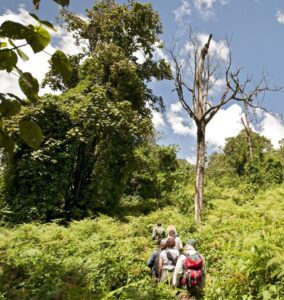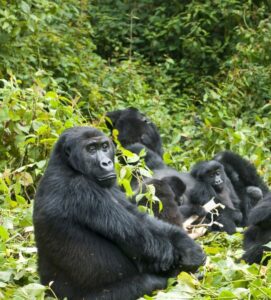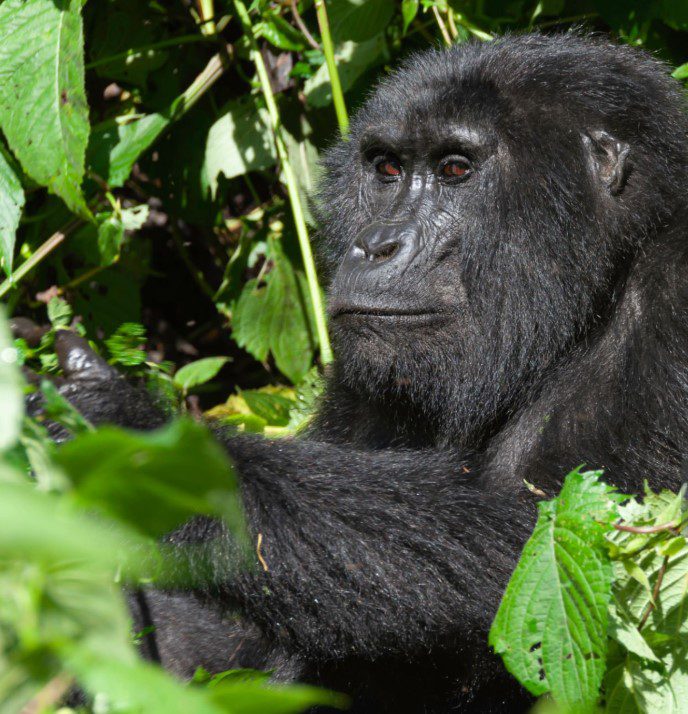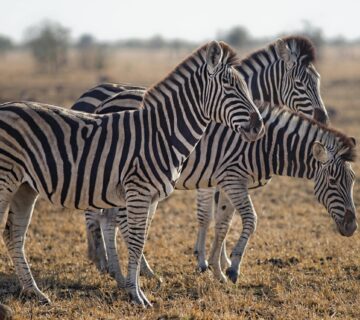What Should I Pack for Gorilla Trekking? Your Essential Guide for an Unforgettable Journey
Trekking through the misty mountains of East Africa to meet the endangered mountain gorillas in their natural habitat is a once-in-a-lifetime adventure. It’s not just a trek it’s a spiritual journey into the heart of nature, where time slows down and every step brings you closer to one of the rarest wildlife encounters on Earth. As you prepare for this awe-inspiring experience in the jungles of Uganda, Rwanda, or the Democratic Republic of Congo, knowing what to pack is just as important as the journey itself. The right gear ensures your comfort, safety, and enjoyment on the trail, allowing you to focus entirely on the magic of the moment when you finally lock eyes with a silverback.
Here’s a complete guide to help you pack for gorilla trekking and make the most of this bucket-list adventure.
1. Comfortable and Durable Hiking Boots
The forests where gorillas live are often wet, muddy, and steep. You’ll be walking through dense vegetation, sometimes for hours, so you need footwear that supports your ankles, grips slippery slopes, and keeps your feet dry. A pair of well-broken-in, waterproof hiking boots with good tread is absolutely essential. Avoid packing new boots; your feet will thank you for choosing comfort over style.
2. Lightweight, Long-Sleeved Clothing

Protecting your skin from thorns, branches, and insects is key. Opt for lightweight, moisture-wicking, and breathable long-sleeved shirts and long pants in earthy colors like green, brown, or grey bright colors may disturb the wildlife. The right clothing helps you stay cool while also offering protection from bugs and the elements.
Convertible pants (those that zip off into shorts) are a great option, especially when the weather changes throughout the day. Keep in mind that trekking is unpredictable, and layering is your best friend.
3. A Sturdy Rain Jacket or Poncho
Rain is a constant companion in the rainforest, regardless of the season. Carrying a lightweight, waterproof rain jacket with a hood or a compact poncho is a smart choice. Even if the skies are clear when you set off, the weather can change quickly in the mountains. Staying dry ensures your trek remains comfortable and enjoyable.
4. Garden Gloves or Trekking Gloves
This might sound strange, but a good pair of gardening or trekking gloves is incredibly useful on a gorilla trek. You’ll often need to grab onto vines, branches, or thorny vegetation for balance. Gloves protect your hands from scratches, blisters, and bites, especially when navigating tough terrain.
5. A Wide-Brim Hat and Sunglasses
While the forest is often shaded, open areas can be exposed to strong sunlight. A wide-brimmed hat offers both sun protection and rain cover, while sunglasses protect your eyes from glare and dust, particularly during the drive to the trailhead.
6. Insect Repellent and Sunscreen
Insect repellent is a must-have in the jungle. Tsetse flies, mosquitoes, and other bugs are common, and you’ll want to avoid bites that could carry diseases. Choose a repellent with DEET or a natural alternative like lemon eucalyptus. Don’t forget high-SPF sunscreen, especially for your face, neck, and hands. Even in the canopy’s shade, UV rays can still reach your skin.
7. Daypack with Hydration System
Bring a comfortable, lightweight daypack with padded shoulder straps to carry your essentials. A hydration pack (like a CamelBak) or at least two liters of water will keep you hydrated throughout the trek. Add some energy snacks like protein bars, nuts, or dried fruits for quick fuel when you need it most.
Make sure your daypack has a waterproof cover or carry your items in resealable plastic bags, just in case it rains.
8. Camera and Extra Batteries
Capturing the moment you come face-to-face with a mountain gorilla is priceless. Most guides recommend a camera with a zoom lens (you can’t use flash), so you can take photos from a respectful distance. Whether you’re using a DSLR or a high-quality phone camera, remember to bring spare batteries and a memory card. Cold, damp weather can drain batteries faster than usual.
Also, consider carrying a lens cloth to wipe off any condensation or rain that might affect your shots.
9. A Walking Stick
Most trekking operators will provide a walking stick at the trailhead, and you should definitely use it. It helps with balance on steep, muddy trails and takes pressure off your knees. If you have a collapsible trekking pole that you’re comfortable with, bring it along—it can make a big difference on the slopes.
10. Personal First Aid Kit
While your guides will have a basic first aid kit, it’s smart to carry your own small supply. Include items like plasters, antiseptic wipes, antihistamines, ibuprofen or paracetamol, and any personal medication. Don’t forget anti-diarrhea medicine, motion sickness tablets (for bumpy roads), and altitude sickness pills if needed.
11. Face Mask
Gorillas share about 98% of our DNA, which makes them susceptible to human diseases. In many trekking locations, wearing a face mask during the actual gorilla encounter is mandatory. It’s a small act of responsibility that protects these critically endangered creatures. Carry a few disposable or reusable masks in your pack.
12. Travel Documents and Permits
Never leave behind your passport, travel insurance documents, gorilla trekking permit, and any required vaccinations or health records (like a yellow fever certificate). Store these in a waterproof pouch or folder. Permits are checked before you begin your trek, and having them organized will make your experience smoother.
13. Lightweight Binoculars
If you’re interested in birdwatching or spotting other wildlife during the trek, a pair of compact binoculars will add a new dimension to your journey. The forests are rich with life from colorful birds to curious monkeys—and a closer look makes it all the more magical.
14. Reusable Water Bottle and Eco-Friendly Mindset
Traveling to see gorillas is a privilege, and it comes with responsibility. Bring a reusable water bottle to minimize plastic waste and follow Leave No Trace principles. Carry all your trash back out with you, respect wildlife, and tread lightly in the forest. Conservation is at the heart of gorilla tourism, and your efforts make a difference.
Final Tips Before You Go
Pack light, but pack smart. Gorilla trekking is not about fashion or comfort in the traditional sense it’s about immersing yourself in nature, staying safe, and protecting wildlife. Keep your gear functional, choose high-quality over quantity, and test everything before you leave home.
Preparation allows you to be fully present in the moment. Imagine standing in the cool forest mist, just meters away from a family of gorillas as they forage, play, or simply gaze back at you with soulful eyes. That connection, that raw beauty, is the reason you’re here.
So pack wisely, step into the forest with respect, and open your heart to one of the most powerful wildlife encounters on Earth.





